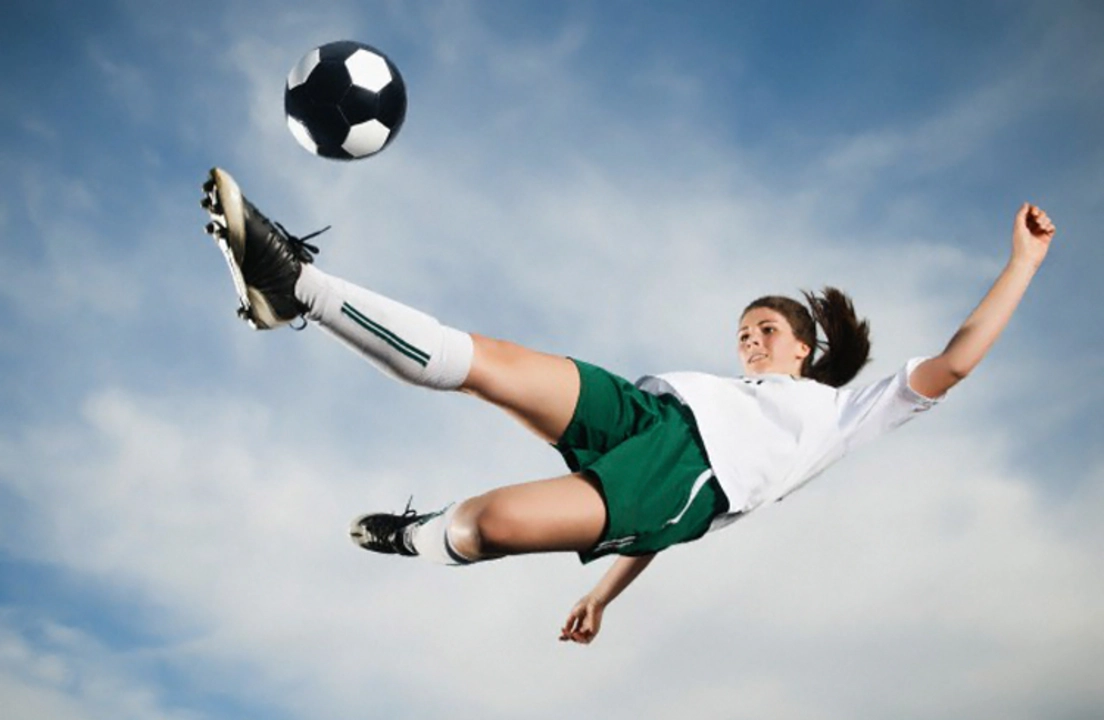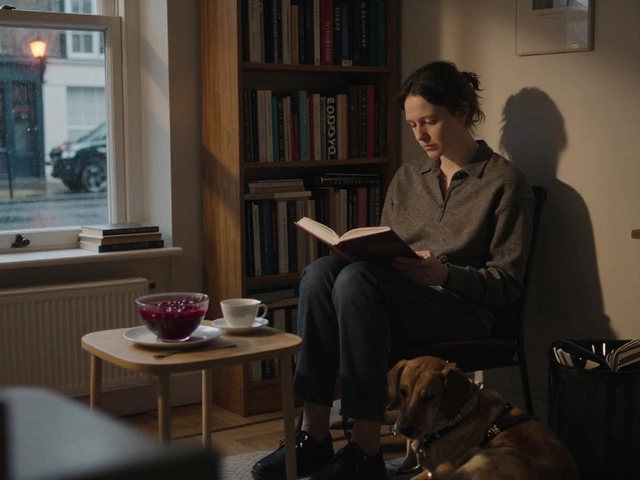Physics in Soccer – How Science Shapes the Game
Ever wonder why a soccer ball curves or why you feel a rush after a sprint? It’s all physics. Understanding the basic forces and motion can make watching, playing, or coaching the game more exciting. Let’s break down the key ideas you see on the field every week.
How the Ball Moves
When a player kicks the ball, two forces work together: the kick’s power and the spin you give it. Power pushes the ball forward, while spin creates a curve. The curve happens because of the Magnus effect – air moves faster on one side of the spinning ball, creating lower pressure and pulling the ball toward that side. That’s why free‑kick specialists can bend the ball around the wall.
Speed also matters. A fast ball has less time to be affected by air resistance, so it stays straighter. A slower ball gives the air more time to push it off course, which is why the same kick can look very different in a windy stadium.
Player Motion and Energy
Running, jumping, and changing direction all involve basic physics. Your muscles convert chemical energy into kinetic energy, the energy of motion. When you sprint, you’re converting stored energy into forward motion. When you stop quickly, your body uses friction and the muscles in your legs to convert kinetic energy back into heat.
Jumping for a header is a quick example of potential energy turning into kinetic energy. As you squat, you store energy in your legs (potential). When you explode upwards, that energy releases as kinetic, sending you and the ball upward. The higher you jump, the more potential energy you stored.
Understanding these ideas can help you train smarter. Short sprints improve your ability to produce burst power, while long runs boost endurance, letting you maintain speed longer. Adding plyometric drills trains the quick stretching and contracting of muscles, making your jumps higher.
Even equipment is shaped by physics. A well‑designed soccer shoe provides better traction, allowing you to push off the ground more efficiently. Expensive shoes might offer a more stable platform, but the biggest gains still come from how you use your body.
So, next time you watch a match or step onto the pitch, think about the forces at play. The curve of a free‑kick, the sprint down the wing, the leap for a header – all are simple physics in action. Knowing the why can give you a new appreciation for the beautiful game and maybe even a tiny edge when you play.
What happens to energy when Sally kicks a soccer ball?
When Sally kicks a soccer ball, she transfers her energy to the ball in the form of kinetic energy. The ball then moves through the air, and its kinetic energy is converted to potential energy as it reaches its highest point. As the ball falls back down, the potential energy is once again transformed back into kinetic energy. Some of this energy is lost as heat due to air resistance, which causes the ball to eventually come to a stop. Overall, this process demonstrates the conservation of energy, as it's simply transformed from one form to another during the kick.



